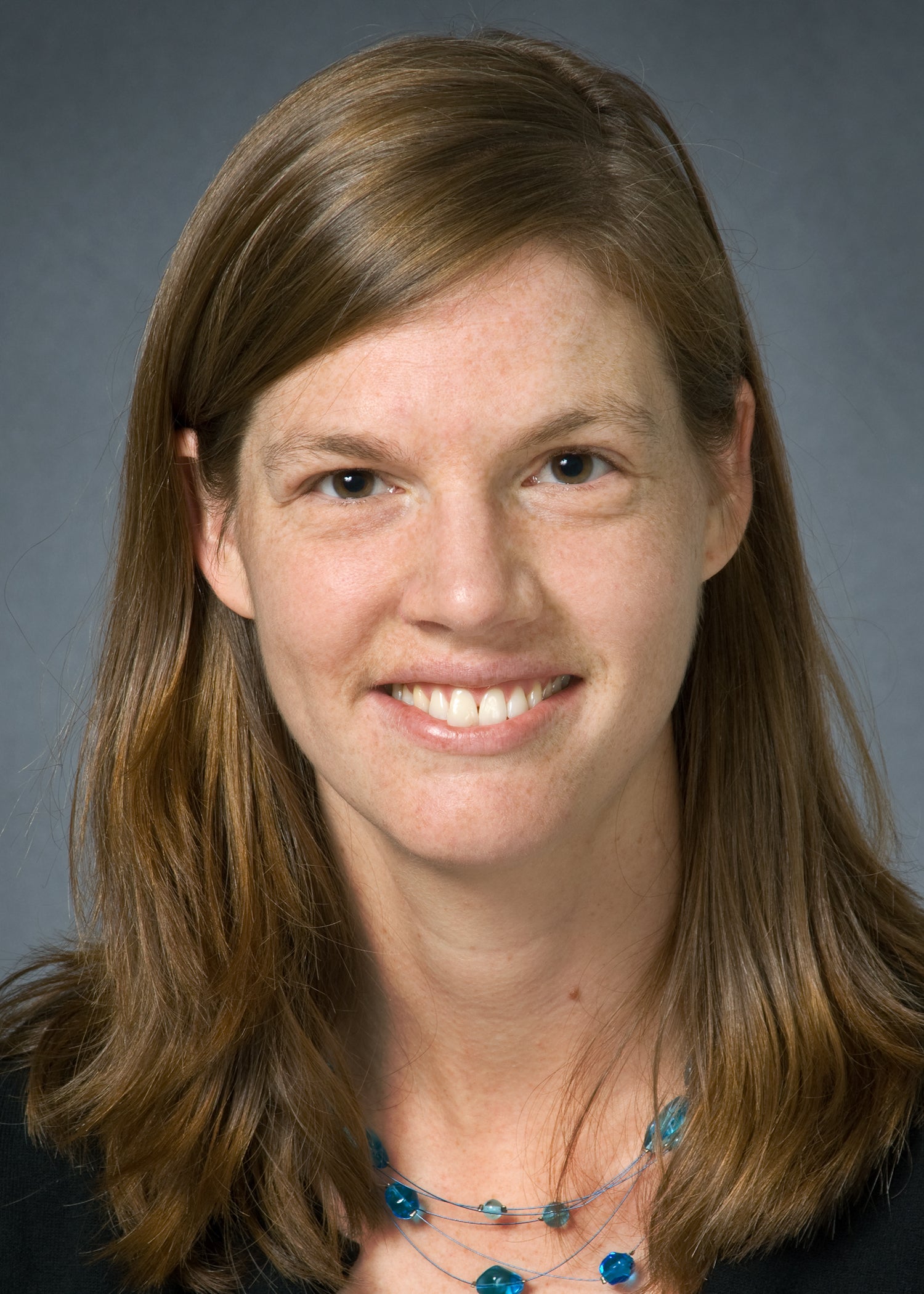
Since most medical studies require the expertise of a biostatistician, Cecilia is frequently approached by researchers, physicians, and institutes – such as the Waterloo-affiliated Propel Centre for Population Health Impact – with data sets and health-related problems to tackle. “One of the researchers at Propel was looking at whether the needs of caregivers are being met through our current medical system,” she explains. “She had done a survey and had contacted the caregivers, and so I was involved with collaborating with her about the analysis and advising her graduate student who was working on that particular problem.” Another project that Cecilia has worked on was comparing dosing strategies for a drug called Erythropoietin (EPO) in hemodialysis patients based on changing blood results measured over repeated clinic visits.
As an educator, Cecilia supervises two master’s students on her own, as well as a PhD candidate and one other master’s student alongside Richard Cook. These graduate students are generally interested in the area of causal analysis – methods used to determine if an exposure or treatment causes a particular outcome based on nonrandomized studies. For example, one of them is working on methods to use observational data to draw conclusions about the effects of the age of donated red blood cells on the results of blood transfusions and patient survival.
According to Cecilia, biostatisticians can embark on three main career paths: government, as in Statistics Canada and Health Canada, research/academia in universities and other institutions such as the Ontario Institute for Cancer Research, and the private sector, which is often the pharmaceutical industry. She keeps this in mind when teaching, and tries to gear her instructional methods to best prepare her students for their future paths. Cecilia acquaints students with the use of standard industry statistics software like Statistical Analysis System (SAS) and incorporates many examples of pertinent scientific questions with genuine data sets in addition to the theoretical proofs and derivation of models. She also stresses the importance of interpreting the results statistical analyses. She says, “Anybody can write a computer program, plug some data in and get a fitted model. I want to be sure that my students understand what each particular value represents, how to interpret it, and how to explain this to someone who doesn’t have four or five years of statistical training like we do.”
Cecilia is a huge fan of the new Statistics for Health program and plays an active role in its operations. “I did my undergraduate degree at UWaterloo in statistics, so when I came for my job interview and was told about this program, my first reaction was ‘I would’ve done this program had it existed when I was a student here!’” she raves. The program includes the core Mathematics (MATH) and Statistics (STAT) courses as well as some health studies, economics, and specialized courses in health research such as "Introduction to Health Statistics" (STAT 232), which Cecilia teaches.
Although Cecilia recommends that students who are interested in the field of biostatistics take electives in epidemiology and English to strengthen their knowledge of the health sciences and their communication skills, she notes that it is very possible to enter the area with only a background in statistics. “Obviously you’d have to have a curiosity for biology and medical sciences, but you don’t necessarily need formal training – you certainly don’t need an undergraduate in biology to become a biostatistician,” she explains.
It doesn’t take a biostatistician to know that exercise is an essential component of a healthy lifestyle. In her spare time, Cecilia does a lot of running, having completed five marathons and a plethora of half-marathons and other races. This year, she aspires to break her personal record of 4 hours, 49 seconds in the marathon and to attempt her first triathlon – a rigorous sequence of swimming, cycling, and running. While waiting for the snow and ice to completely melt, Cecilia is often swimming laps at the pool, working out at the gym, or playing a game of pick-up basketball with some colleagues. “This past January I did something called the Goofy Challenge, which was a little crazy,” she says. “I couple of friends and fellow Waterloo alumns and I took a vacation down to Disney World. On Saturday, you do a half-marathon and on Sunday you do a marathon, and then on Monday you can barely walk.” She adds that she doesn’t plan on doing that again anytime soon.